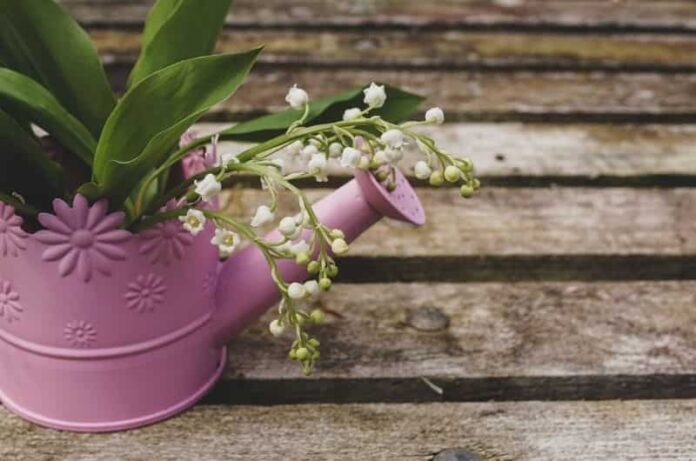Gardeners are often confused with- how much water in the heat is good for plants? Well, spring is full of swings. The summer is killing all of us including our plants and crops, so it is important to keep the temperature and watering conditions normal to our plants so they can be best for the harvest.
It is easy in spring and ensures your plants stay hydrated, but in the harsh summer conditions where there are no chances of rainfall, these are the five golden rules you need to follow, and it also helps in eliminating the risk of watering too much.
So, let us know the rules!
1. Water your plants evenly
You know that plants mostly depend upon moisture and that is covered by water. So you should water your plants evenly and make sure that they don’t dry. Also, you do not go with too little or too much water technique because it will damage your plants.
2. Don’t water frequently
We are often familiar with the fact that watering plants regularly is the key to get the most out of the plants but it is a wrong process. Watering your plants every day can be harmful because it allows too much moisture in the plants that may create stress in the roots and stems. So you should water occasionally but thoroughly.
Make sure you are not watering too little and too much. On the other hand, we also recommend you should settle your water sessions along with checking the other factors such as direct sunlight, High wind, humidity, rain, and high heat.
3. Water your plants morning or evening
Watering your plants in the evening and morning mainly depends upon the gardener. This allows your plants to restore the water and creates fewer chances of water evaporation. Watering early in the morning is a great time to rich in the soil, a lot of time for surfaces, and foliage to dry.
4. Water your plants slowly
Your plant must get the ample amount of water they need for improving their roots. But the too poor quality of watering the plants can upset the soil and rot the roots. So make sure you follow the guideline and that is 1-2-3, which means one foot for annuals, two feet for perennial and Shrub, and three feet for trees. This will receive an adequate amount of water.
5. Irrigation
You should water your flowers as much as they need but make sure as little as possible you should simply set your water frequency for the plant. So it can soak well and leave the moisture they need.
However, different types of water systems have pros and cons. So be conscious of the professional method you are choosing.
If you have newly planted trees, this process can also work. You should properly water the plants and follow the above rules to get most of the plant.



